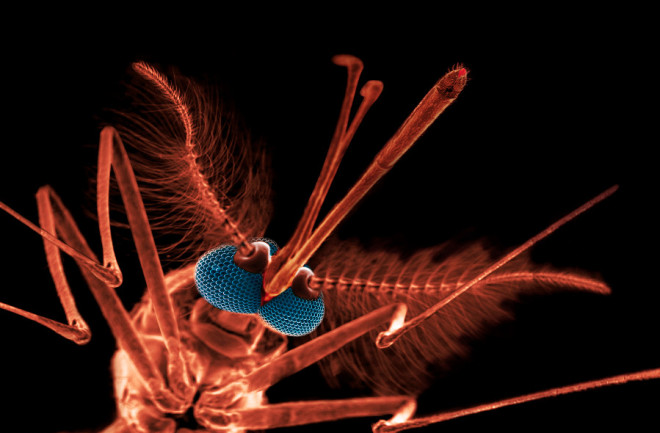Mosquitoes have pestered mankind for as long as we’ve had the wits to swat them. A mere annoyance in the temperate zones, mosquitoes in the tropics carry serious diseases, such as malaria and dengue fever. The former causes more than half a million deaths each year, mostly among children under 5, and the parasite responsible for malaria keeps growing more resistant to drugs. Meanwhile, the World Health Organization considers dengue fever the most important viral-borne disease in the world, with cases since World War II increasing thirtyfold — up to 50 million annual infections.
If you block the mosquitoes, the diseases’ vectors, you block their microbial payloads, but that’s easier said than done. Since DDT was taken off the market, mosquitoes in Africa, Asia and Latin America have evolved resistance to today’s less toxic chemical sprays. Biological methods, which pit other organisms (ranging from fungi to fish) against mosquitoes, have seen only partial success.
Their options dwindling, researchers have turned to genetic engineering as the last resort and new frontier of mosquito control. The ambitious goal here is to alter the mosquito’s DNA: to insert a change on the chromosomes of not just laboratory captives, but of an entire species.
There are two basic approaches. The more radical of the two, known somewhat euphemistically as population suppression, would insert a biochemical self-destruct mechanism into the insects’ DNA, a time bomb to wipe out the whole species. Under the milder scenario, called population replacement, genetically modified mosquitoes would gradually displace the wild ones. For example, in experiments, scientists have transplanted genes to make the Anopheles mosquito resistant to the Plasmodium parasite that causes malaria.

